Chamomile
Latin Name: Matricaria chamomilla (German chamomile), Chamaemelum nobile (Roman chamomile)
Appearance and Habitat
Chamomile is an herbaceous plant that typically grows to about 20-40 cm in height. It features finely divided, feathery leaves and small, white, daisy-like flowers with yellow centers. Chamomile is native to Europe and Western Asia but has spread to various parts of the world, thriving in well-drained soils and full sun to partial shade. Chamomile is probably one of the plants that we use most often in our herbal teas at Three Leaf Farm, and we see both cultivated and wild varieties here in Colorado.
Medicinal Properties
Chamomile is renowned for its wide range of medicinal uses, particularly for its calming and anti-inflammatory properties. The dried flowers are commonly used to prepare chamomile tea, which is popular for its soothing effects on the digestive system, helping to alleviate symptoms of indigestion, bloating, and gas. Chamomile is also used to promote relaxation and improve sleep quality, making it a popular remedy for insomnia and anxiety. Additionally, chamomile possesses anti-inflammatory and antioxidant properties, making it beneficial for treating skin conditions such as eczema, rashes, and minor wounds when applied topically.
Cultural Significance
Various cultures have valued chamomile for centuries for its medicinal and aromatic properties. Ancient Egyptians dedicated chamomile to their gods due to its healing properties and used it to treat fevers and as an ingredient in cosmetics. The Greeks and Romans used chamomile in their baths and as a flavoring for beverages. In medieval Europe, chamomile was strewn on floors at gatherings for its pleasant aroma and to ward off pests. Today, chamomile remains a staple in herbal medicine and is widely used in teas, skincare products, and aromatherapy.
Magical Properties
Chamomile is associated with purification, protection, and prosperity in folklore and magical traditions. It is often used in spells and rituals aimed at attracting money and good fortune. Chamomile flowers can be scattered around the home to promote peace and harmony or used in baths to cleanse and purify the body and spirit. The plant's soothing properties are also believed to calm and center the mind, making it a valuable aid in meditation and relaxation practices.
Contraindications
While chamomile is generally considered safe for most people, there are some precautions to consider. Individuals with allergies to plants in the Asteraceae family, such as ragweed, chrysanthemums, marigolds, or daisies, may experience allergic reactions to chamomile. Additionally, chamomile can interact with certain medications, such as blood thinners, and should be used with caution by those taking such medications. Pregnant women are advised to consult a healthcare provider before using chamomile, as it can stimulate uterine contractions.
Chamomile SleepyTime Tea
1 tablespoon freshly dried chamomile flowers
1 tablespoon freshly dried lemon balm leaves
1 teaspoon local honey
1 wedge of fresh lemon
Place all herbs in an 8 - 12 ounce cozy mug and pour boiling water over them.
Allow the leaves to steep for 5 minutes
Strain the leaves out of the tea if desired, or just leave them.
Add the honey and the lemon
Sip, relax and enjoy!
References
USDA. "Matricaria chamomilla (German chamomile)." USDA PLANTS Database. Available: USDA
National Center for Complementary and Integrative Health (NCCIH). "Chamomile." Available: NCCIH.
Grieve, M. (1931). "A Modern Herbal." Available: Botanical
Conway, J. (1995). The Magic of Herbs. Llewellyn Publications.
WebMD. "Chamomile." Available: WebMD

